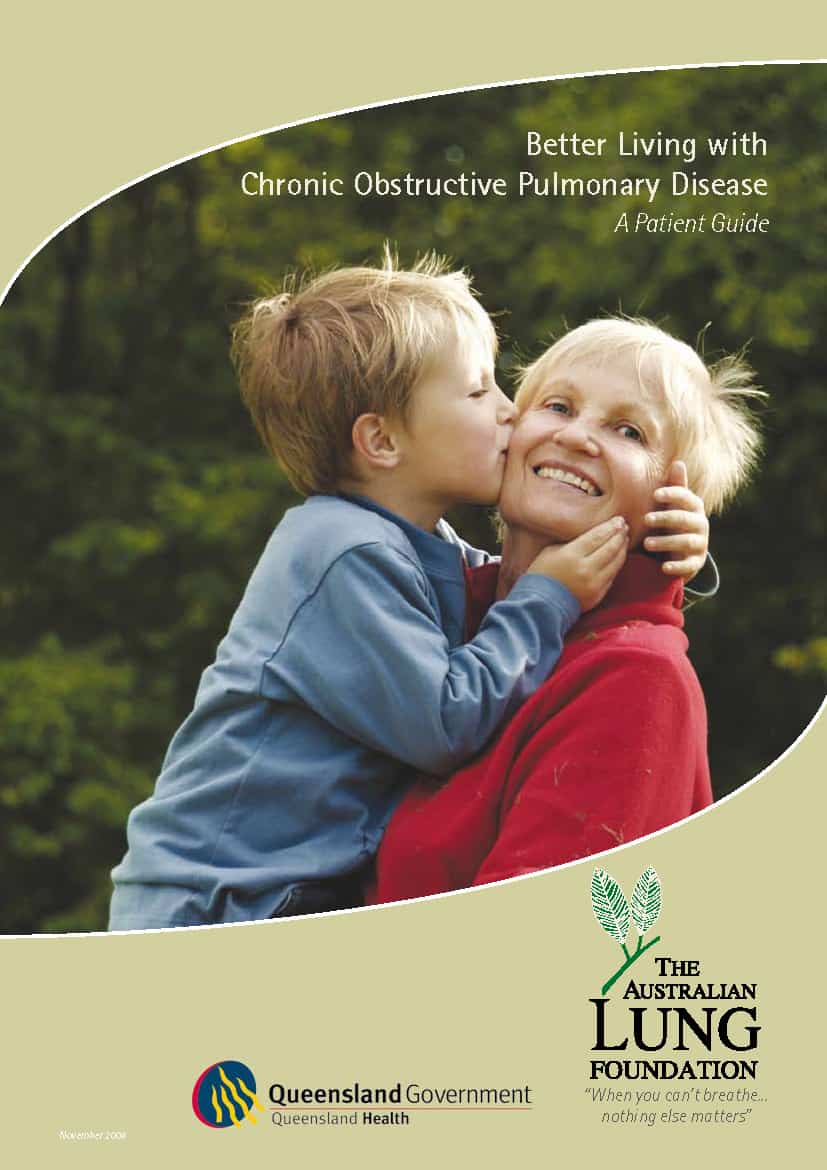WorkSafe Victoria has had considerable advertising success by focusing on the social impact of workplace injuries and death. In the newspapers and television over Christmas 2008, WorkSafe ads, like the billboard above, were on high rotation but, after the high number of workplace fatalities in January 2009, the strategy must be needing a review.
In terms of OHS promotion generally, branding and awareness strategies are valid however, when the messages of the strategies continue to be ignored, alternatives need to be developed. The fatality figures imply that family is “the most important reason for safety” but only for a short time or in limited circumstances. When you return to work the work environment or your approach to the work tasks are worse than before Christmas.
The reality of advertising is that it is often cheaper to raise awareness than change the behaviour of clients, in terms of OHS, this would be both the workers and the employers. Raising safety as a business priority requires considerably legwork by regulators on-site and through industry associations. Few OHS authorities around the world seem to be applying hands-on approaches to the extent required.
Part of the reason is that trade unions used to be the shopfloor safety police, as anticipated by Robens in the early 1970s, but trade union membership is at record low levels. The deficiency in the safety profile on the shopfloor or at the office watercooler is not being picked up by the employers.
Media campaigns are the public face of safety promotion but they should not be a veneer. Regulators need to provide more information on the alternative strategies they already employ, or plan to introduce, so that promotion is not seen as an end in itself.
Direct business and CEO visits have been used in the past but given up because these were short term initiatives. In Victoria, high level visits by regulators to CEOs, board members and directors had a considerable impact in the 1990s but there was no follow-up strategy to maintain that profile. Ten years on there are a new set of senior managers who could do with a bit of prodding.





